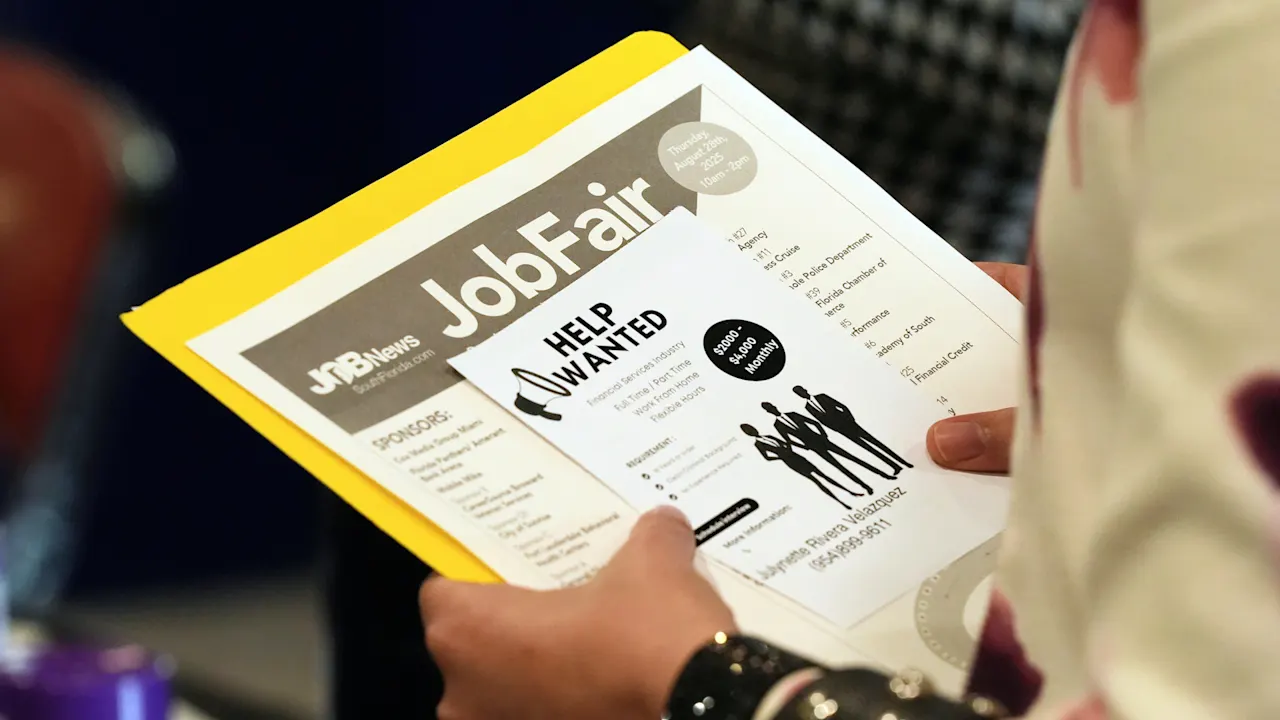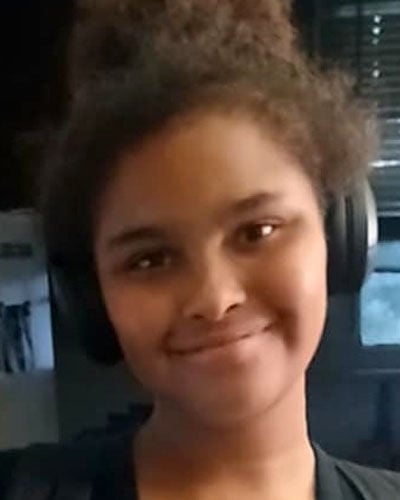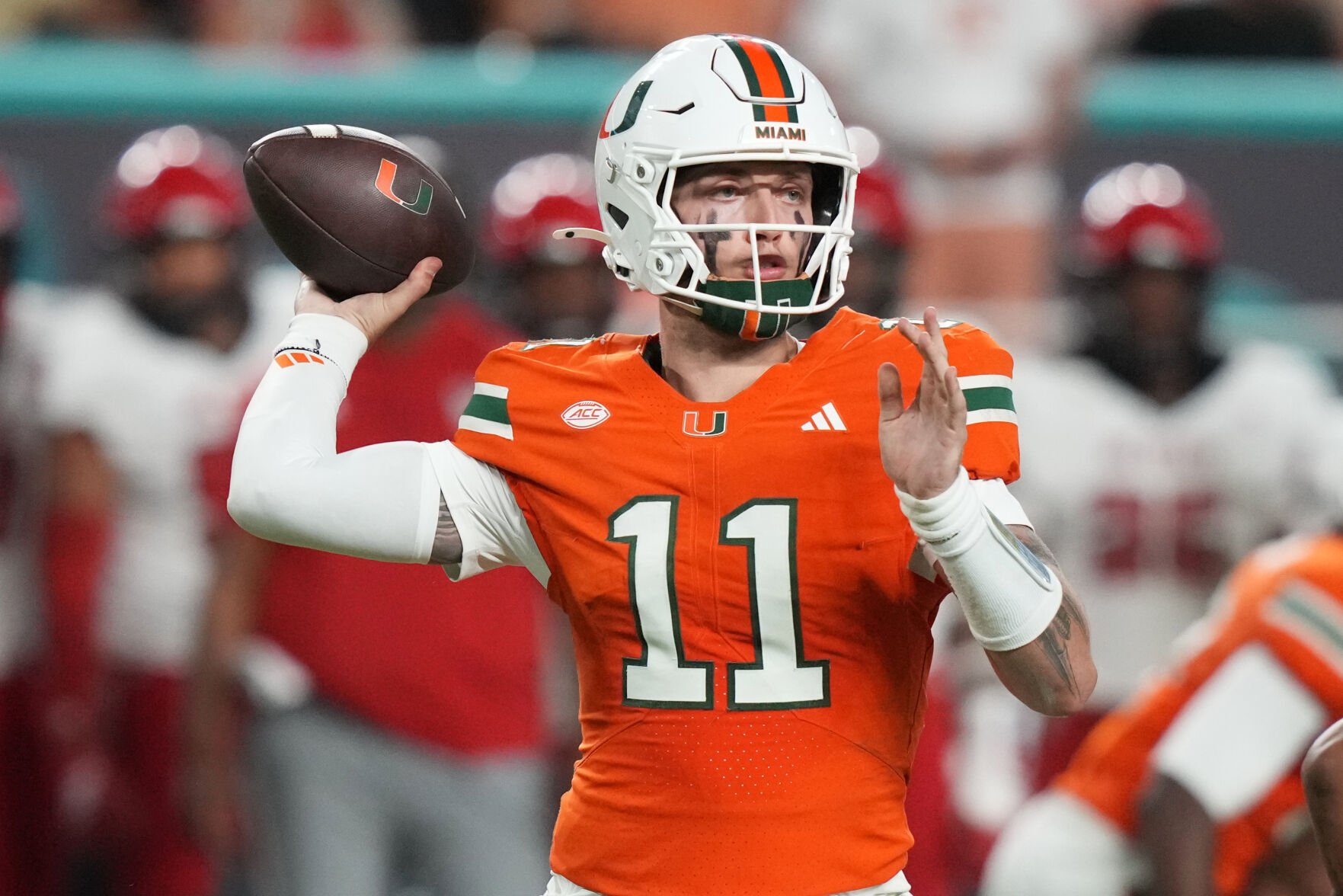The Trump Administration has selected 120,000 H-1B visa applications for fiscal year 2026, marking a significant decrease in both total registrations and eligible applicants compared to previous years.
Trump Admin Selects 120,000 H-1B Visa Applications: What to Know

Key Takeaways:
- The Trump Administration selected 120,000 H-1B visa applications for FY 2026.
- There is a notable decline in total H-1B registrations compared to previous years.
- Eligible applicants have decreased alongside total registrations.
- Industries relying on H-1B workers may feel the impact of this decline.
- The trend reflects changing dynamics in immigration under the current administration.
An Unprecedented Decline in H-1B Selections
The Trump Administration has announced the selection of 120,000 H-1B visa applications for fiscal year 2026, marking a significant downturn compared to previous years. This year’s H-1B cap experienced “a notable decline in both total registrations and eligible applicants compared to previous years,” according to officials.
Understanding the H-1B Program
The H-1B visa program is designed to allow U.S. employers to hire foreign professionals for specialty occupations requiring specialized knowledge and a bachelor’s degree or higher. It has been a critical avenue for companies seeking to fill roles in fields such as technology, engineering, and science.
Details of the Decline
This year’s selection of 120,000 applications is a departure from the higher numbers typically seen in previous fiscal years. The decrease encompasses both the total number of registrations submitted and the applicants deemed eligible. While the specific reasons for this downturn were not disclosed, the decline is substantial enough to be noted by administration officials.
Implications for Businesses and Applicants
Industries that have traditionally relied on H-1B workers may face challenges due to the reduced pool of foreign talent. The decline could impact project timelines, innovation, and competitiveness on a global scale. Employers may need to adjust their hiring strategies in response to the changing landscape.
Reflecting on Changing Immigration Dynamics
The decreasing numbers may reflect shifting dynamics in immigration policy and applicant sentiment under the current administration. Whether due to policy changes, global conditions, or other factors, the trend signals a noteworthy shift in the H-1B landscape.
Looking Ahead
As the fiscal year progresses, businesses and prospective applicants will be watching closely to see how this decline affects the broader economy and job market. The future of the H-1B program and its role in the U.S. workforce remains a critical topic for policymakers and industry leaders alike.











